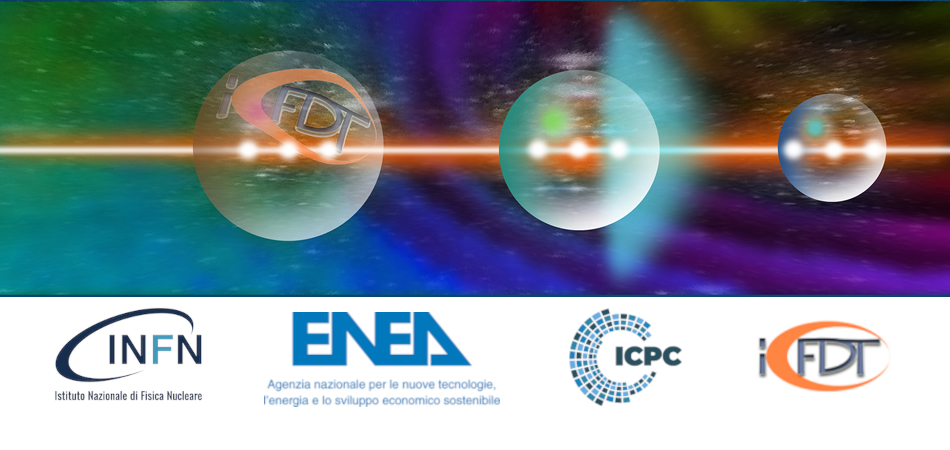Speaker
Description
In this work we report on the chemical characterization of metallic tiles of interest for nuclear fusion technology by using the Laser-Induced Breakdown Spectroscopy (LIBS) technique. The LIBS system used was designed to be compact and light, equipped with a sub-ns laser and suitable to be mounted on the Joint-European-Torus (JET) robotic arm. The coatings, composed of tungsten (W), Molybdenum enriched with deuterium (D) or directly retrieved from the WEST and JET tokamaks after their experimental campaigns with fusion plasma, are or simulate plasma-facing components (PFCs) of the present and next generation fusion devices contaminated with nuclear fuel (here representd by D only) in the divertor area of the vacuum vessel. The application of the LIBS technique is proposed as a diagnostics tool for a rapid chemical characterization suitable for the International Thermo-nuclear Reactor (ITER), whose PFCs will be made of W. The sub-ns LIBS technique allowed for the detection of D at low concentrations, with a single laser shot and an average ablation rate of about 100-150 nm. The depht profiling technique, consisting of delivering multiple laser shots on the same point of the sample and record the evolution of the LIBS spectral signal, allowed to investigate the erosion and re-deposition of different materials on the samples surface. The obtained results demonstrate that LIBS is an eligible diagnostic tool to characterize PFCs in JET after its last experimental campaign, with high sensitivity and accuracy, being minimally destructive on the samples and without PFCs manipulation or removal from its original position and pave the way for similar applications in ITER.

